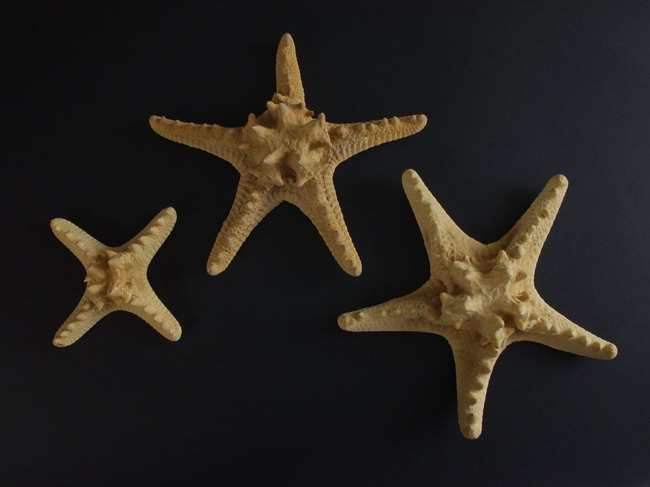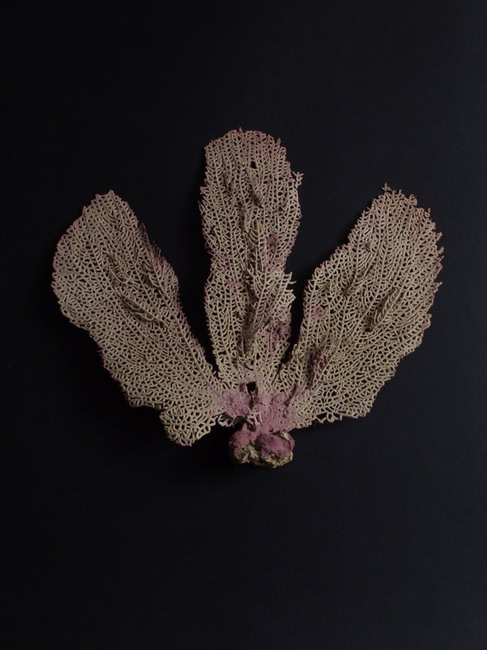Marine Invertebrate Collection
Curator: Alexander
Alyakrinsky.
1 083 specimens - mainly corals, echinoderms and sponges collected
during expeditions to the Pacific of the Russian Academy of Sciences in 1971
and in 1977.
Most corals
belong to the Madreporaria order, which forms the basis of the tropical coral
reef ecosystem, providing shelter and food for many marine animals. These
corals are the main "culprits" for specific coral islands – atolls- to
appear. The origin of the latter at one time was brilliantly explained by
Charles Darwin. Unfortunately, it is technically very difficult to maintain the
complete colony of Anthozoa. Therefore, museums mainly store their calcareous
skeletons. The most remarkable of them are representatives of the Acroporidae
family, having bizarre branchy shapes.
Of special
interest are brain-like corals of the family Faviidae. The skeletons of all
these corals are white. However, in the museum’s collection there is a coral
with a blue skeleton - Heliopora coerulea- the only representative of the
helioporidae family (Helioporidae).
In total, the museum collection holds 470 coral specimens.
Echinoderms
are represented by starfish, sea urchins, brittle stars or ophiuroids, and sea
cucumbers. The majority of the echinoderm collection is starfish with a total
of 360 specimens. Among them, a long series of large sea stars Protoreaster
nodosus (72 specimens) collected on the tropical islands of the Pacific Ocean.
This star, which has numerous massive spikes, has a pronounced individual
variability.
Of ecological interest
is the crown-of-thorns starfish (Acanthaster planci) with venomous thorn-like
spines, which preys upon hard, or stony, coral polyps and damages huge sections
of coral reefs.
Brittle stars or serpent
stars - a group of invertebrates that got its name due to long, filiform,
sometimes branchy rays. Unlike predatory sea stars, brittle stars feed on
plankton or detritus.
Sea urchins are of
great variety. The collection contains the so-called “drilling” sea urchins
which make burrows for themselves in coral reefs, as well as the common sand
dollar - Echinarachnius parma – a round plate with very short, barely
noticeable needles, and the slate pencil urchin - Heterocentrotus mammilatus - with
massive, thick, faceted needles, etc.
A selection
of sponges (113 specimens) is represented by both marine and freshwater
species. Among the sea sponges, of certain interest are representatives of
Ianthellidae family, a wide range of which was collected on the Admiralty
Islands in the Pacific Ocean, as well as the very large glass sponge Rossrlla
sp.
Among freshwater
sponges, the most notable is Lubomirskia baikalensis - a freshwater species of
sponge endemic to Lake Baikal, Russia. These sponges are branched and reach a
height of more than one meter.

Individual variability
of the starfish Protoreaster nodosus Lam.

Alcyonacea, or soft corals (Gorgonaria sp.).








